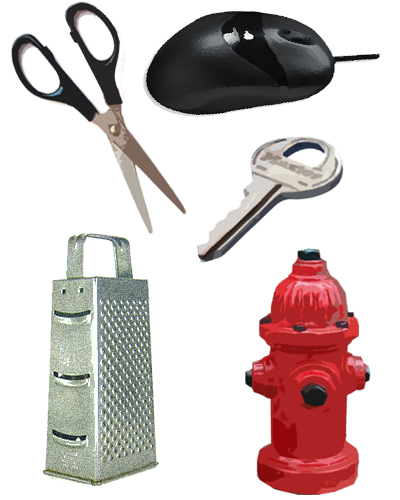
With all your senses, sharpen your powers of observation and reveal the true essence of the world around you. Choosing words empowers your abilities to study, observe, analyze, interpret, explore and evaluate. Choosing words carefully allows you to become more articulate about your ideas, and to communicate those ideas in a clear way. For instance, if someone says “the dog ate the bone,” we can all have a sense of what is being suggested. But is it a dog, or THE dog, or my dog, or your dog, a stray dog, or a pet dog? What kind of dog is it? A big or little dog? A lab, shepherd, or collie dog? Does your dog chew, eat, lick, bite, grind, or nibble the bone? And is it an old bone, a juicy steak bone, a dog cracker bone, or a teeth-cleaning breath-freshener bone? Words help you describe physical conditions such as size and material (a 30” red brick wall). Words name (wall), but also speak to performance (boundary). Words communicate connections to other information (the garden wall, the prison wall, the dam wall). Words interpret (It went on like the Wall of China). And finally, words evaluate (The wall was over-powerfully domineering in the worst way).
Use your word Power!
Activity 1 – Describe an Object

Pick two ordinary objects within site of your computer. One should be an object that you think is well designed and one should be an object that you consider to be poorly designed. (Toothbrushes, hairbrushes, pens, pencils and chairs are excellent objects.) Using all of your senses- sight, sound, touch, taste, smell - check out the two objects. Set them down. Taking a piece of paper, draw a line down the middle. Mark one side + and the other side -. Record your observations for the + object and for the - object with the following steps:
Describe the basic physical size, dimension and material of the object.
Analyze your object’s place in history; compare it to other similar objects.
Explain fully what your object is used for, even its multiple uses.
Interpret your object’s functionality by describing that it works ‘like a ….’
Tell why your object is a good or bad object.
Use this technique as you contemplate your daily tasks. You will be raising your awareness and critical thinking about the objects that you use. This will help you when you come to design new objects or systems for everyday life.
Activity 2 – Talking About Food!

Think of five favorite things to eat. Think of the smell, taste, texture and consistency of each food item. Use words to describe in detail all aspects about the display, delivery, anticipation, taste, and mode of consuming your favorite foods! Make your mouth water! Savor each bit!
Review

- All writing tells the same information.
- This type of writing tells the author's opinion:
- This type of writing tells basic accepted facts:
- This type of writing uses the words 'like' or 'similar to':
- Careful word choice helps clearly express ideas.



















































